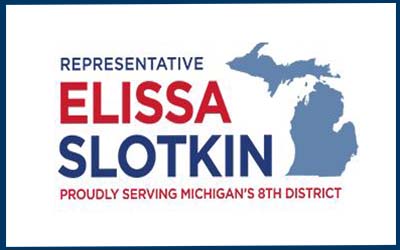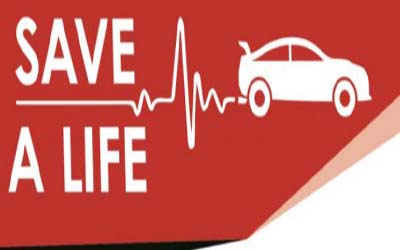
Michigan Senior Citizens of the Year recognized

Press Release FOR IMMEDIATE RELEASE: May 21, 2021 CONTACT: Bob Wheaton, 517-241-2112, wheatonb@ Michigan Senior Citizens of the Year recognized by MDHHS, Consumers Energy for service to their communities Residents of Ingham, Eaton counties receive honors LANSING, Mich. – The Michigan Department of Health and Human Services (MDHHS) Aging & Adult Services Agency has presented its Senior Citizen of the Year Award to two older adults who have made significant contributions within their communities. Dr. Brenda Surae Eaton of Lansing and Gloria Kovnot of Dimondale are this year’s recipients. “The Senior Citizen of the Year Award is an opportunity to lift up and celebrate the contributions of older Michiganders,” said Dr. Alexis Travis, senior deputy director of the Aging & Adult Services Agency. “May is Older Americans Month, a time when we celebrate the strength of older adults and the aging network, with special emphasis on the power of connection and engagement in building strong communities.” Eaton has volunteered in her community since retiring from Sparrow Health System in 2014. She volunteers with AARP Michigan, the Capitol Area Health Alliance, and her local food pantry. She is a member of Pilgrim Rest Baptist Church, where she serves on its health ministry, and a member of Delta Sigma Theta Sorority, Inc., where she is active on various committees. She chairs the Protect Michigan Commission seniors workgroup. Eaton was nominated by AARP. Kovnot is founding member of the Delta Township Senior Council and serves as council co-chair. She also serves on the Tri-County Office on Aging Advisory Council, the AARP Age-Friendly Task Force and the MSU AgeAlive! Board. In 2020 she was a member of a committee that worked to pass Ingham County’s first senior millage request. Kovnot was nominated by the Tri County Office on Aging. The Senior Citizen of the Year Award is a tradition dating back to 1974 celebrating older adults who have enhanced their communities through their active engagement, volunteerism and acts of service. The award is presented annually at Older Michiganians Day and is sponsored by Consumers Energy. MDHHS sought nominations from aging network partners including the state’s area agencies on aging. “Consumers Energy is committed to the Michigan communities we serve, and those communities are made even stronger by the contributions of Michigan residents like these award recipients who give their time and energy to benefit their neighbors and friends,” said Brian Lewis, executive director of customer operations for Consumers Energy. “By awarding two outstanding senior citizens of the year, we recognize their generosity and reinforce our shared belief that service is noble, rewarding and extremely valuable to the growth of our state its citizens.” Older Michiganians Day is organized by Area Agencies on Aging Association of Michigan, a statewide association that advocates on behalf of Michigan’s older adults. The event traditionally takes place at the State Capitol. This year’s event was virtual due to the COVID-19 pandemic. |



